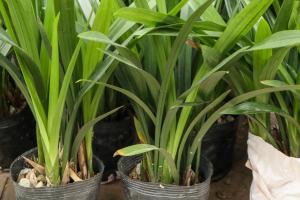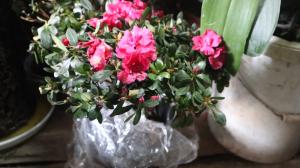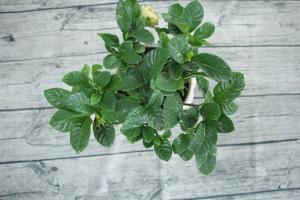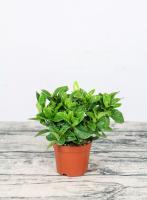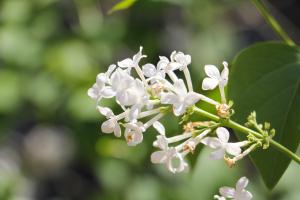What Does a Diseased Tomato Plant Look Like?
Tomato plants are a common sight in vegetable gardens and are known for their flavorful, juicy fruits. However, these plants are also susceptible to various diseases that can affect their growth, yield, and overall health. If you're a tomato grower, it's essential to know what a diseased tomato plant looks like so that you can take the necessary steps to prevent or treat the problem.
Signs of Tomato Plant Diseases
One of the most common signs of a diseased tomato plant is discoloration of the leaves. Diseased leaves may turn yellow, brown, or black, depending on the type of disease affecting them. In some cases, the leaves may also develop spots or lesions that can be a sign of fungal or bacterial infections.
Another visible symptom of tomato plant diseases is wilting. Diseased plants may appear droopy and may not recover even after watering. In some cases, the wilting may be accompanied by yellowing or browning of the leaves, which is a sign of plant stress caused by disease.
Tomato fruits are also susceptible to diseases, and they can show signs of infection by developing spots, cracks, or blemishes. The fruits may also rot prematurely, which can affect their taste and texture.
Common Tomato Plant Diseases
There are various diseases that can affect tomato plants, and some of the most common ones include:
Early blight: This fungal disease causes brown spots on the lower leaves, which can spread to the upper leaves and fruits. It can result in reduced yield and early plant death.
Late blight: This fungal disease affects both leaves and fruits and can cause the entire plant to wilt and die. It's best prevented by good sanitation and resistance varieties.
Fusarium wilt: This soil-borne disease causes wilting and yellowing of the leaves, starting from the bottom of the plant. It can be caused by prolonged periods of high soil moisture and can be prevented by good drainage.
Bacterial spot: This bacterial disease causes angular spots on the leaves and fruits, which may also turn black. It can result in poor yield and fruit quality.
Verticillium wilt: This soil-borne disease affects the plant's vascular system and causes wilting and yellowing of the leaves. It can result in stunted growth and reduced yield.
How to Prevent and Treat Tomato Plant Diseases
The best way to prevent tomato plant diseases is to start with disease-free seeds or plants and to practice good sanitation in the garden. This means removing and destroying any infected plant debris, rotating crops, and avoiding overwatering or overcrowding plants.
If you suspect that your tomato plants are infected, you can treat them with fungicides or bactericides, depending on the type of disease. You can also use cultural controls, such as pruning infected plant parts, improving soil drainage, and providing adequate nutrient levels.
In severe cases, you may need to remove and destroy the entire plant to prevent the disease from spreading to other plants in the garden. Sanitizing garden tools and containers is also important to prevent the spread of diseases.
Conclusion
Taking care of tomato plants requires vigilance and attention to detail. Knowing what a diseased tomato plant looks like is critical in preventing and treating diseases that can harm your plants and reduce your yield. By practicing good sanitation, providing adequate care, and using appropriate treatments, you can keep your tomato plants healthy and productive.

 how many times do yo...
how many times do yo... how many planted tre...
how many planted tre... how many pine trees ...
how many pine trees ... how many pecan trees...
how many pecan trees... how many plants comp...
how many plants comp... how many plants can ...
how many plants can ... how many plants and ...
how many plants and ... how many pepper plan...
how many pepper plan...


